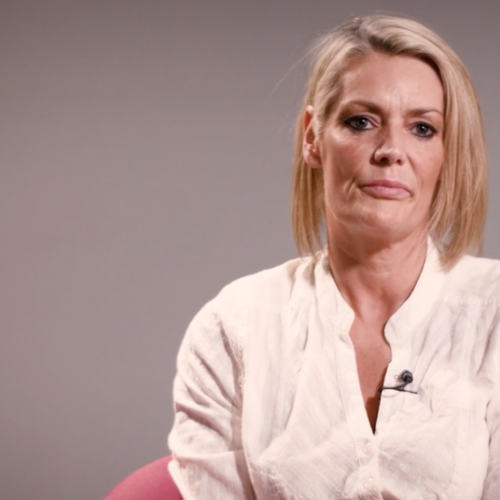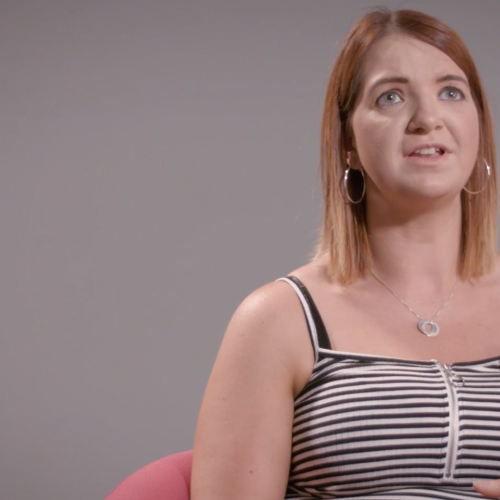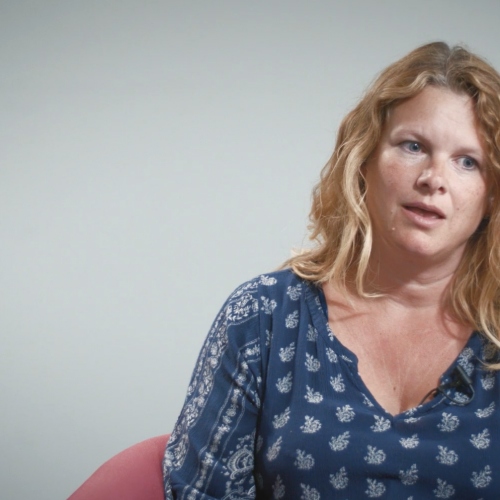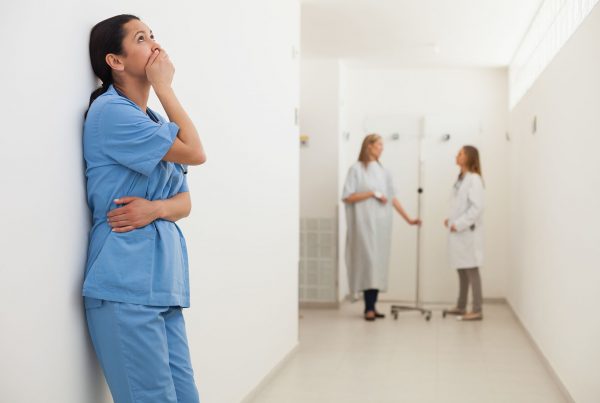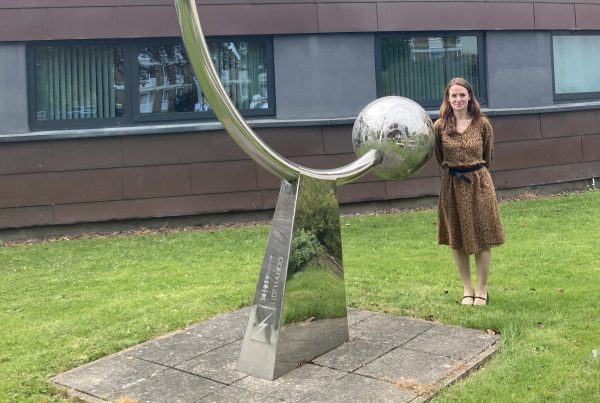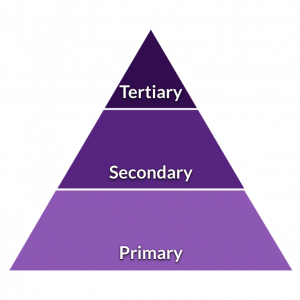Our purpose
Second Victim Support recognises the impact that a patient safety incident has on the healthcare providers involved.
General information
about second victims
This section looks at what a ‘second victim’ is, and provides evidence to highlight why it is important to support second victims.
Looking for support
For second victims
This section contains information about the impact of being involved in a patient safety incident, when and where to find support.
For those supporting second victims
This section describes the approaches and interventions, which if available, could improve support staff before and after their involvement in a patient safety incident.


